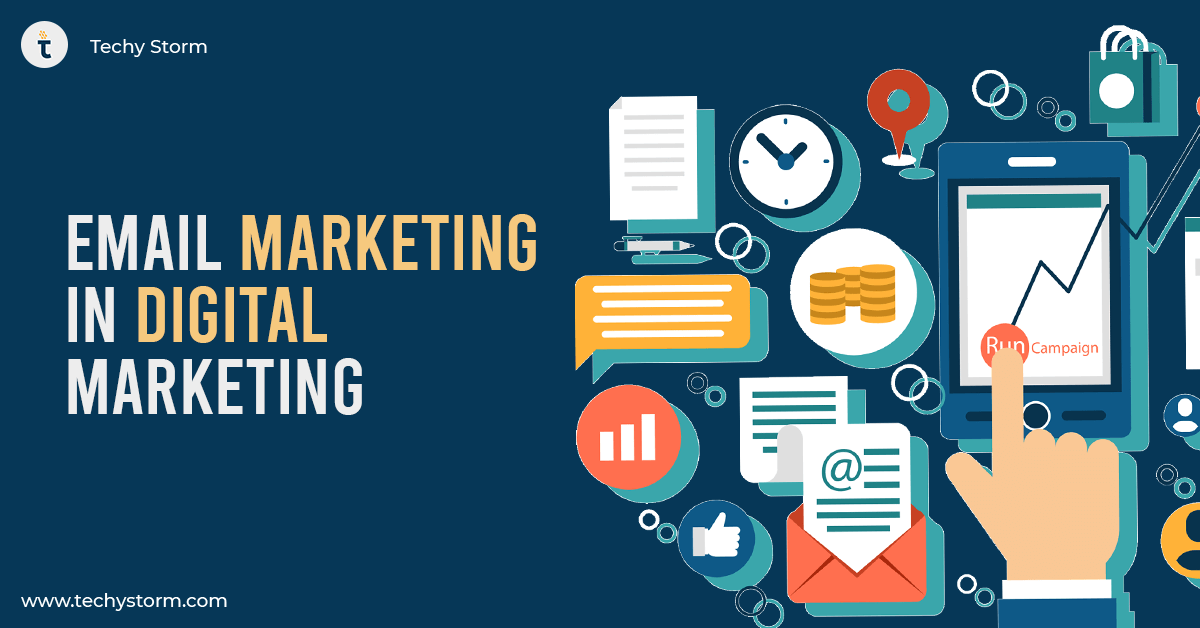Today, in the world of the metaverse, more than ever, the revenue of most businesses comes from their online channels. A website is one of the online channels that help connect with local and foreign customers. As a result, increased business growth and profitability. Therefore, a website is a ‘must-have’ marketing tool. But, if your website lacks user-friendliness, then it will cause more harm than good to your business. Why? Because low conversion rates and low sales will result in dismay. So, if you want to improve your website for a good cause, here are a few tips on how to make your business website user-friendly.
Design:
The design and layout of a website are essential and tricky elements in deciding on building a compelling and appealing site for your business. In addition, appropriate use of visual features like graphics, colors, and contrast schemes is necessary. Finally, the contrast scheme must reflect the identity and aura of the business profile. The correct contrast is required between the background and the content to impact the visitor’s psychology. Ensure to use simple, easily readable fonts.
It is vital to research your competitors’ websites while deciding on the design and layout of your website. What information are they providing? How many columns have they used? What kind of videos have they incorporated? By collecting answers to all these types of questions, you will be able to create a professional website. Keeping it unique yet competent is a skill very few have mastered. Visit Techy storm to avail their dynamite services.
Content:
Your website content must be planned, organized, and formatted in a way that is easy to scan. To improve your site’s usability, ensure to present the correct information and categorize your sections. In addition, the formatting of your web page must include suitable headings, sub-heading, paragraphs, bullets, lists, and critical points. Why? Because your average site traffic is a skimmer and not a reader. So, make sure to strategize your web page content for skimmers.
Provide contact information and link to other online channels of your business. It is a sign of stability and reliability and helps to connect with your audience. Also, provide your office location to instigate the users to visit. Your content can improve conversion rates, leads, and hence sales. Use it effectively!
Compatibility:
Nowadays, people primarily access the internet through mobile phones or other handheld gadgets, i.e., tablets, laptops, etc. So, make sure to make your website compatible with all screen sizes. It puts a lousy impression on the user if they cannot access and use your website easily.
Undoubtedly, every business must optimize its site and make it user-friendly and mobile-friendly. Maybe even launch a separate Mobile App for your business. That, too, has to be compatible and accessible for a great user experience.
Also, your website ought to be browser consistent. And by this, I mean the look and function of your site must be consistent and compatible with all major browsers like Chrome, Firefox, Opera, Linus, and many others.
Navigation:
The navigation structure majorly affects the conversions, sales, and bounce rates. Website navigation assists the visitor in locating blogs, contact information, address, product listing, pricing, helping documents, and your email sign-up page. If your visitor faces difficulty figuring this out, they’ll leave and never visit again, which is the last thing on earth you want.
In my opinion, navigation should be clutter and glitch-free. And it is not limited to the menu only. There are more aspects to consider in navigation, like a well-structured header and footer, internal linking, a custom 404 page, a search feature, and quickly exploring more content by categories, i.e., Top rated, Top 10, Trending, etc.
One humble tip is that the search engine is encoded to revert zero results if the search query is not found. If not, users will be swayed and will quit the site. Hence, keep auditing and monitoring your website navigation system. Also, try to keep it intuitive!
Loading:
Over the past few years, a significant change has been observed in customers’ expectations. One of the least wanted things is a slow-speed site. If your site takes more than 3 to 6 seconds to load, the visitor will exit immediately and never visit again. Apparently, slow-speed sites annoy visitors’ behavior and thus adversely affect the conversion rates. So, test your website loading speed since it affects the search engine ranking of your site.
Another factor to focus on is error handling. However, it is overlooked by various professional business sites. But, the usability of a website is improved by displaying relevant error messages. Furthermore, appropriately handling errors at the code level ensures that the site is bug-free.
Conclusion:
Website usability plays a critical role in measuring the success of a site. All of these tips, as mentioned earlier, will help you acquire a user-friendly website for your business. When the customers have a pleasant time on your site, they will also inform other peers to visit. As a result, increased organic traffic to your site and a maximum chance of conversions. Indeed, the utmost desire.






